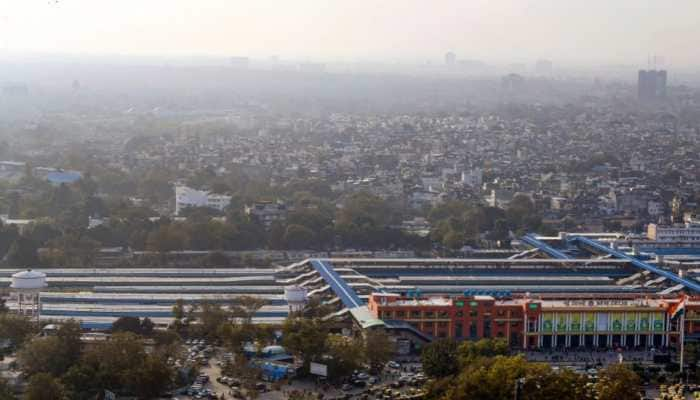RBI Monetary Policy: Urjit Patel brings no respite to borrowers; hikes reverse repo rate to 6%
RBI kept its repo rate unchanged at 6.25 percent for a third consecutive policy meeting on Thursday while it has raised the reverse repo rate.
Trending Photos
New Delhi: Reserve Bank of India (RBI ) kept its repo rate unchanged at 6.25 percent for a third consecutive policy meeting on Thursday while it has raised the reverse repo rate.
The 6-member Monetary Policy Committee, headed by RBI Governor Urjit Patel, kept the repo rate or the short term rate at which central bank lends to banks unchanged at 6.25 percent and hiked the reverse repo rate by 0.25 percent to 6 percent.
The Marginal Standing Facility, on the other hand, has been revised downwards by 0.25 percent to 6.5 per cent. MSF is RBI's lending rate for banks against government securities.
The central bank said that GDP growth will be at 7.4 percent for the current fiscal, up from 6.7 percent in 2016-17.
Several indicators point to modest improvement in microeconomic outlook however the upside risk to inflation arises from one-off effect of Goods and Services Tax, the RBI added.
This is RBI's first bi-monthly monetary policy review of 2017-18 and the fourth bi-monthly policy based on the recommendations of the 6-member MPC.
The government nominees on the Committee are Chetan Ghate, professor at the Indian Statistical Institute; Pami Dua, Director, Delhi School of Economics and Ravindra H Dholakia, professor at IIM-Ahmedabad, while RBI nominees are the Governor, Deputy Governor in-charge of monetary policy Viral A Acharya and Executive Director.
In the last policy review on February 8, RBI had kept key interest rates on hold.
Wholesale inflation soared to a 39-month high of 6.55 percent in February while retail inflation inched up to 3.65 percent due to rise in food and fuel prices, leading to speculation that RBI will keep interest rate unchanged again in its April policy.
RBI said that with progressive remonetisation, the surplus liquidity in the banking system has declined from a peak of Rs 7,956 billion on January 4, to an average of Rs 6,014 billion in February and further down to Rs 4,806 billion in March.
Currency in circulation expanded steadily during this period. Its impact on the liquidity overhang was, however, partly offset by a significant decline in cash balances of government up to mid-March which released liquidity into the system.
Government cash balances on account of advance tax payments and balance sheet adjustment by banks reduced surplus liquidity to Rs 3,141 billion by end-March.
With PTI Inputs
Stay informed on all the latest news, real-time breaking news updates, and follow all the important headlines in india news and world News on Zee News.
Live Tv







)
)
)
)
)
)
)
)
)
)
